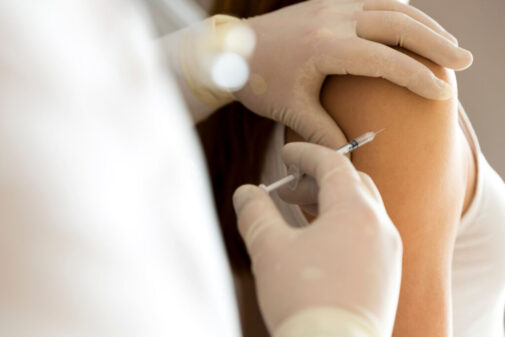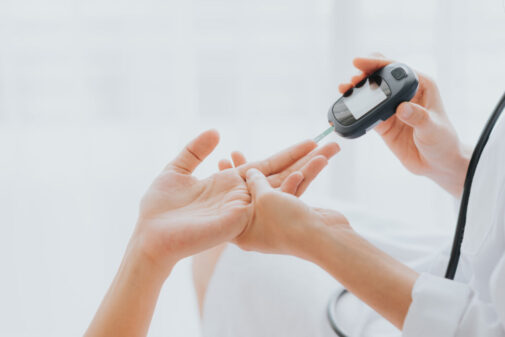You’re not too young to think about osteoporosis

When you are young, brittle bones may be the furthest thing from your mind. However, your teens and 20s are important times to be building healthy bones for later in life. Your risk of developing osteoporosis is in-part determined by your lifestyle 30 or more years before the effects of the disease show up.
“Anyone can develop osteoporosis, including men, but it is especially common among post-menopausal women,” says Dr. Timothy Cooper, an internal medicine physician at the Aurora Health Center in Brookfield, Wis. “After menopause, women are no longer producing estrogen, which acts to prevent excessive bone breakdown. However, the time to take action against the effects of osteoporosis is before the age of 30.”
Bone loss occurs slowly and progressively, usually without warning symptoms. It’s why osteoporosis is often called a “silent disease”. Often, you don’t know you have it until you’ve broken a bone. While it’s easy to ignore your risk of developing osteoporosis since you typically don’t see its effects until later in life, prevention should begin early and continue throughout your 20s since peak bone mass occurs by age 30. By ensuring a high peak bone density now, you can reduce osteoporosis risk later.
“Make prevention a priority,” advises Dr. Cooper.
Here are a few steps to take today to minimize your chance of osteoporosis in the future.
Eat a diet high in calcium and vitamin D. Dairy foods like milk and yogurt are a good source of calcium. For non-dairy options, try collard greens, broccoli rabe, kale and oranges. It is also important to include foods that provide vitamin D like salmon, tuna, mushrooms and egg yolks. Consider taking a calcium and/or vitamin D supplement if you’re unable to get enough through your diet. Talk to your physician to determine the amount of calcium and vitamin D that’s right for you.
Stay active with weight-bearing exercise. You can also improve your bone health and prevent osteoporosis by doing regular weight-bearing exercises like walking, hiking, jogging and dancing, as well as muscle-strengthening exercises. These include lifting weights, push-ups, cycling and other activities that make your muscles work harder than usual.
“I also like to recommend incorporating some type of balance exercise, like tai chi or yoga, into your workout routine. These improve your leg strength and balance, helping to prevent falls,” Dr. Cooper explains.
Other preventive measures Dr. Cooper recommends are refraining from smoking and limiting your intake of caffeine and alcohol.
“While the time to prevent osteoporosis is before the age of 30, after the age of 65 is the time to proactively assess your risk. All women over 65 should talk to their doctor about having a bone density test,” says Dr. Cooper. “This quick and painless X-ray screening calculates the thickness or density of bones and can determine if you have osteoporosis.”
Do you have hip or knee pain? Take a free online quiz to learn more.
Related Posts
Comments
One Comment
About the Author
health enews staff is a group of experienced writers from our Advocate Health Care and Aurora Health Care sites, which also includes freelance or intern writers.


















I’m almost 62 and was diagnosed with Osteoporosis in 2006 I had extreme lower back pain due to my Osteoporosis, I was introduced to Health Herbs Clinic and their Osteoporosis Herbal Protocol. I started on the Osteoporosis Treatment last year, my symptoms gradually diminish